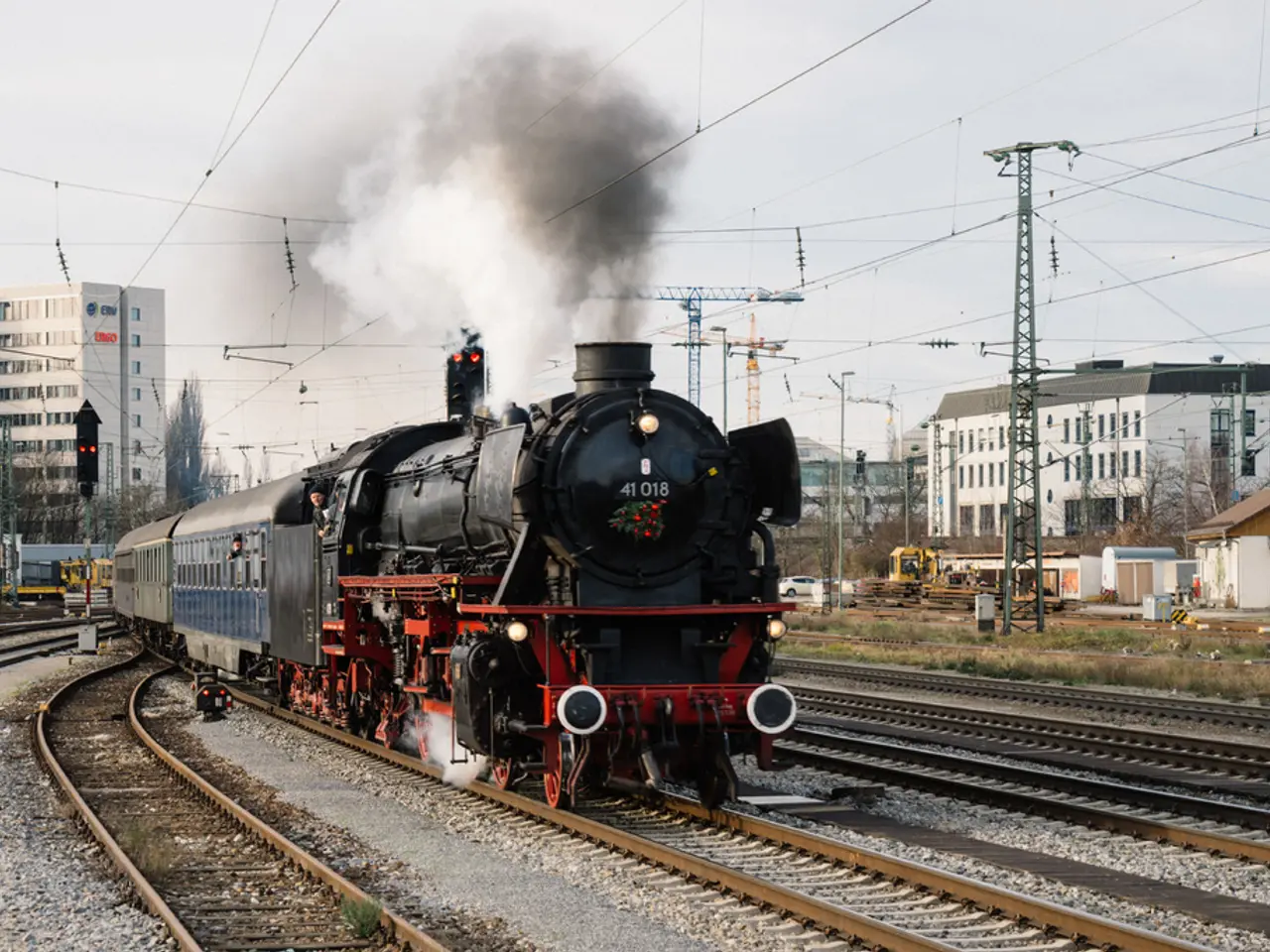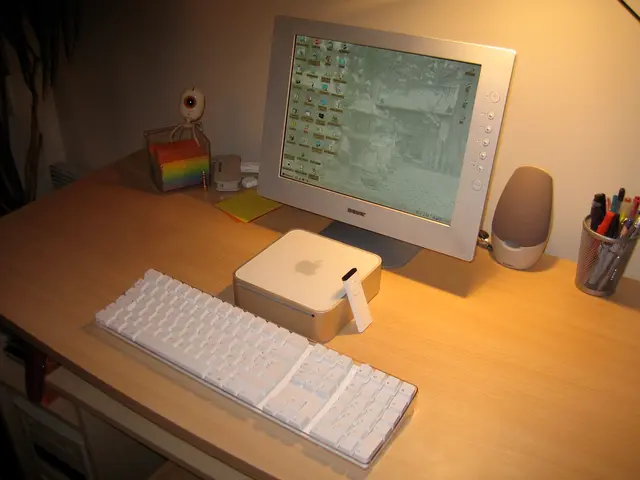The freight rail sector predicted to bring in more than $20 billion through Internet of Things (IoT) earnings by 2032.
North America's Robust Growth in Railcar IoT Market
The railcar Internet of Things (IoT) market in North America is currently experiencing a robust growth, driven by the increasing adoption of digital telematics technologies. These technologies enable real-time visibility and condition monitoring of railcars, contributing to the overall railway telematics market, which is valued at around USD 6.94 billion in 2025 and projected to reach USD 10.02 billion by 2030, growing at a compound annual growth rate (CAGR) of approximately 7.6% [2].
Emerging players such as Amsted Digital, Wabtec, Nexxiot, and ZTR are significant contributors to this growth, providing advanced telematics and sensor solutions tailored for railcar monitoring, predictive maintenance, and operational efficiency. For instance, Amsted Digital, recognized as a RailPulse certified vendor, has been selected by European lessors like Ermewa and is expanding its role in telematics [5]. Wabtec, on the other hand, has strengthened its rail signaling and sensor capabilities by acquiring Frauscher Sensor Technology, signaling investment in integrated smart rail solutions [2].
A key catalyst for market growth and technology adoption is the RailPulse coalition, an industry-wide initiative that involves major North American railroads—including Union Pacific, Norfolk Southern, CSX, and Canadian Pacific Kansas City—seeking to standardize the deployment of GPS and sensor telematics on railcars. RailPulse is building an open data infrastructure that will enable comprehensive, interoperable monitoring of the entire North American freight railcar fleet, enhancing data sharing on car location, load status, door position, and mechanical health like bearings and brakes [1][2].
Union Pacific’s participation in RailPulse, alongside its extensive deployment of AI-driven machine vision, thermal sensors, acoustic detectors, and advanced onboard management systems, demonstrates how digital IoT solutions are increasingly embedded in rail operations to boost safety, efficiency, and asset utilization [1].
In summary, the railcar IoT market in North America is expanding steadily, powered by innovative vendors and unified efforts like RailPulse creating an interoperable, data-rich ecosystem that will further streamline railcar operations and increase digital adoption in the years ahead.
Insights from ABI Research's Rail Freight Data Report
ABI Research's Rail Freight Data market data report offers valuable insights into the potential of IoT technologies in the rail braking inspection market. The North American market for IoT-based visibility in rail is underpenetrated compared to Europe, but the large Total Addressable Market (TAM) of nearly 2 million railcars presents a significant opportunity for growth [3].
The report predicts that revenues for rail car IoT in freight rail will surpass US$20 billion by 2032, emphasizing the expanding market potential [4]. It also provides detailed insights into the opportunities in the rail braking inspection market, a crucial aspect for safety and compliance in the freight rail industry [3].
Machine vision and sensor-based inspection devices mounted on the side of tracks, usually at rail-grade crossings, have been at the forefront in North America. Real-time data analytics enabling preventive maintenance is a key factor in the expansion of the railcar telematics market [2].
The report is not an advertisement, but a comprehensive analysis of the market, including research, data, and ABI Insights on the application of IoT technologies in the freight rail industry [3].
References:
- RailPulse
- ABI Research
- ABI Research
- Railway Technology
- Railway Age
The railcar IoT market's growth in North America is also cascading into the finance sector, with the predicted revenues surpassing USD 20 billion by 2032 [4]. The technology industry is also benefiting from this growth, as innovative vendors like Amsted Digital and Wabtec continue to develop advanced telematics and sensor solutions [2]. Furthermore, the lubricious landscape of rail braking inspection, particularly in North America, offers a massive opportunity for this technology to penetrate [3].




